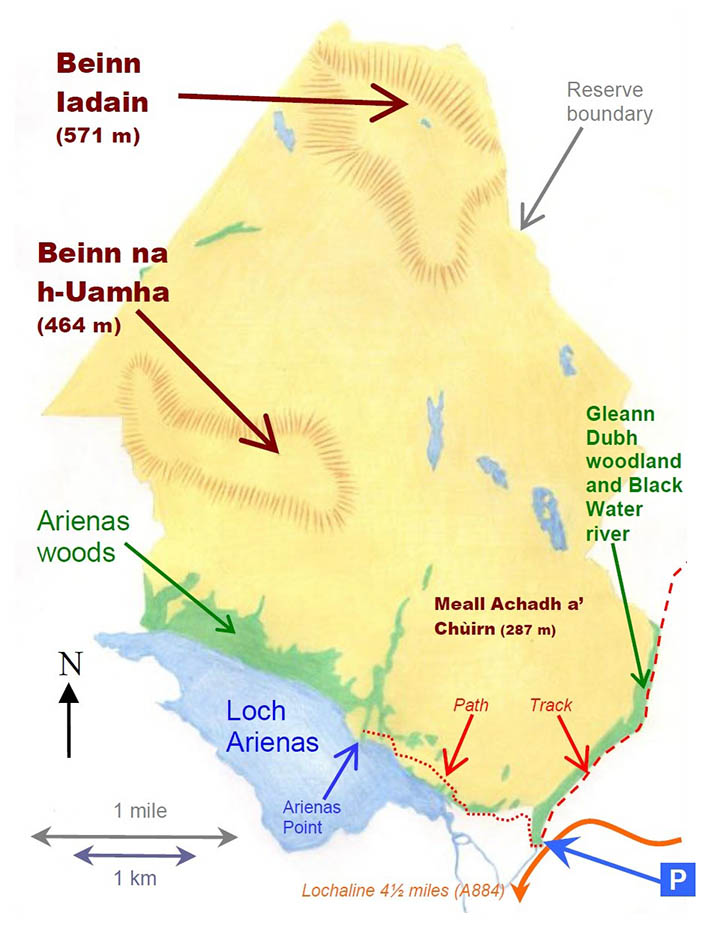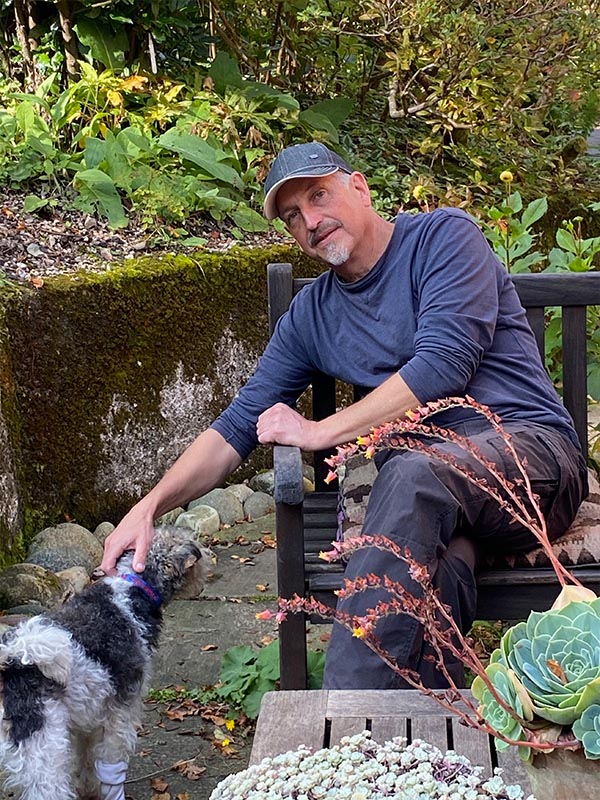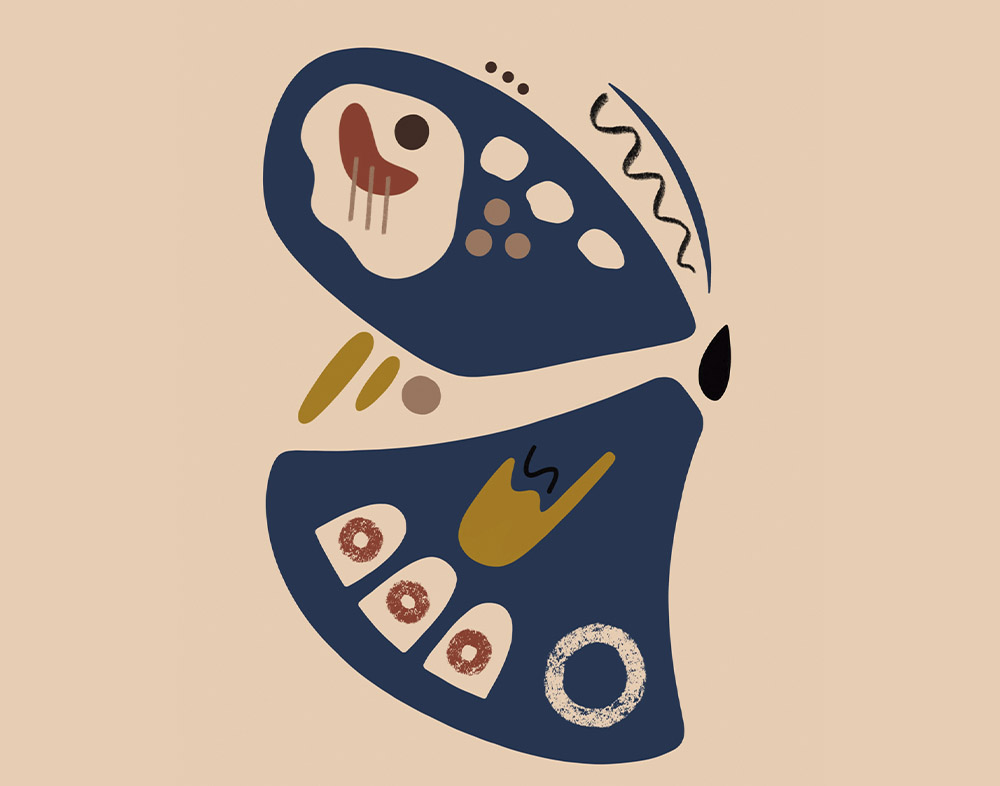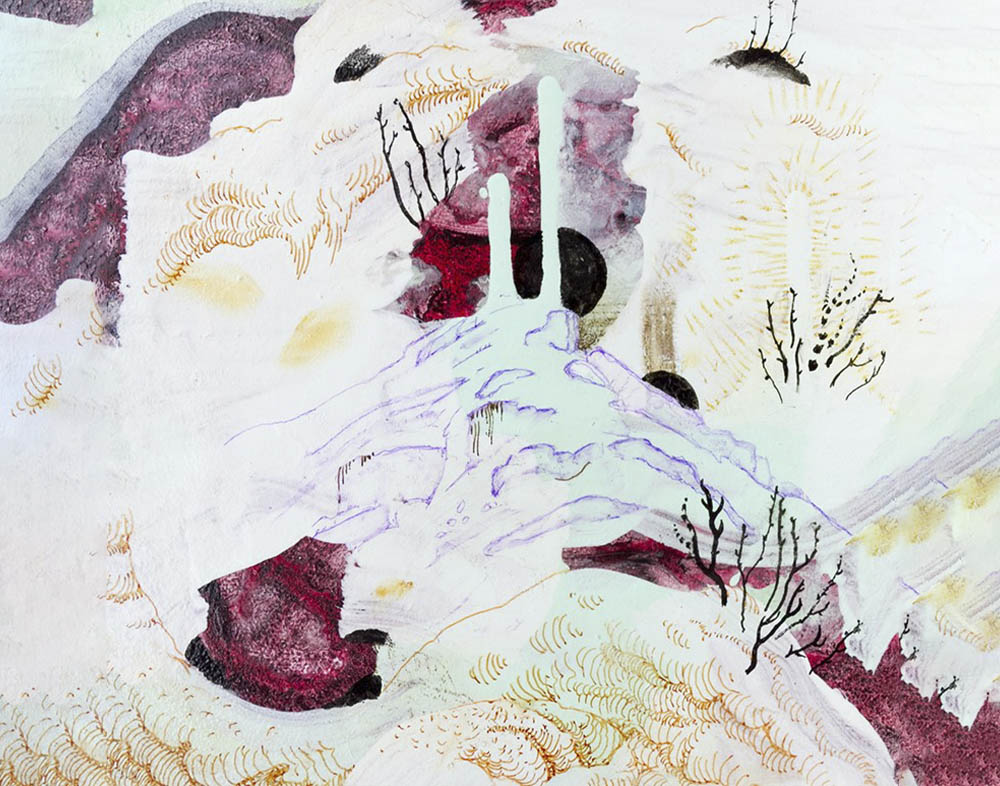A Bit About Us
The Rahoy Hills Wildlife Reserve is a wild and remote area of hills, moorland and woods on the Morvern peninsula on the west coast of Scotland. It is owned and managed by the Scottish Wildlife Trust and Ardtornish and is the most biodiverse of all the Scottish Wildlife Trust’s wildlife reserves. The reserve is an inspiring place with magnificent hills and wild woodlands.
Or is it a human influenced overgrazed landscape influenced by centuries of increasing industrialisation? The residency will allow artists to experience what’s wonderful about this place and benefit from the knowledge and expertise of people who live and work there.
Two big hills, Beinn Iadain (571 m) and Beinn na h-Uamha (464 m), are prominent here because of their steep sides, flattish tops and stepped topography with tiers of cliffs and benches; landforms typical of the dark and crumbly-textured Palaeogene basalt rock of which they are composed. The vegetation on these hills is mainly grassland, much of which is botanically species-rich, but there are also heaths, flushes, bare stony screes and fell-fields, and, on steeper ground inaccessible to grazing animals, luxuriant assemblages of herbs and ferns. The rocky habitats on these hills are notable for their rich floras of mountain plants including some rarities such as Norwegian sandwort Arenaria norvegica and northern rockcress Arabis petraea. These basalt hills, together with Ardmeanach (Mull) and Trotternish (Skye) are the best examples in Britain of montane plant assemblages similar to those on the same type of Palaeogene basalt in the Faroe Islands and Iceland. Bird and mammal species occurring on and around the basalt hills include golden eagle, raven and red deer.










